
Game designer Mike Ellis and lead artist Lee Carus on the sci-fi culture and fast-paced studio work that birthed a PlayStation classic
Among the many transformative experiences that we’ve enjoyed on PlayStation, grabbing control of a League of Free Worlds Starfighter is among the most memorable. 1997 would become an iconic year for PlayStation, and at the spear head was the mighty Colony Wars.
With sequels to Mortal Kombat, Tomb Raider and Tekken on the approach, space combat scenarios may not have been on many players’ radars. However, once we had eyes on the latest project from the studio that brought us Wipeout, the sense that it should be special became palpable. This was never going to be just another sci-fi shooter. Far, far from it.
Speaking to Lead Artist Lee Carus and Game Designer Michael Ellis, we learned that nobody was more excited about Colony Wars coming to PlayStation than their team at Psygnosis.
The love of sci-fi at the studio that birthed Colony Wars
Mike is now a game design and development consultant at Psychopomp. While at Psygnosis, his role was to conceptualize everything from gameplay to the storyline. As Mike explains, his teammates were the ideal fit for a space opera with sci-fi dominating daily conversation.
“One of the strong themes that ran through the old guard at Psygnosis was a common love of sci-fi,” says Mike. “Whether it was in the office, or over drinks after work, there would be people discussing Star Wars, Blade Runner, Alien and Akira. People had movie posters, toys, and art books on and around their desks. I have my grandparents to thank. Growing up they would always take me and my sister to the cinema where I got to see movies like Star Wars, The Black Hole, and Flash Gordon.”
Lee, currently “looking after” art direction for The Persistence on PSVR at Liverpool-based Firesprite, also remembers how soaked in sci-fi his earliest colleagues were.
“Back in those days it was almost a prerequisite to be a massive sci-fi fan to work at Psygnosis so it was a delight to be asked to be involved in the project. Luckily, being a huge sci-fi fan I had plenty of reference material to tap into – this led to many impromptu movie nights which were never a hardship. There was never any stress about taking this on, it was a pleasure!”
Future politics and branching storylines: a sci-fi shooter with a difference
Under Mike’s direction, Colony Wars had already begun to take shape before Lee joined, as Lee recalls: “I came on to help steer the art team which was already in place, so early on I didn’t realise the scope of the project. It wasn’t until I was with the project for a few weeks that I realised that we were aiming for something big (well big for those days!).”
Mike had certainly set the bar high from the very beginning, with narrative subtlety played against the backdrop of 47th Century politics as a premise for something truly spectacular.
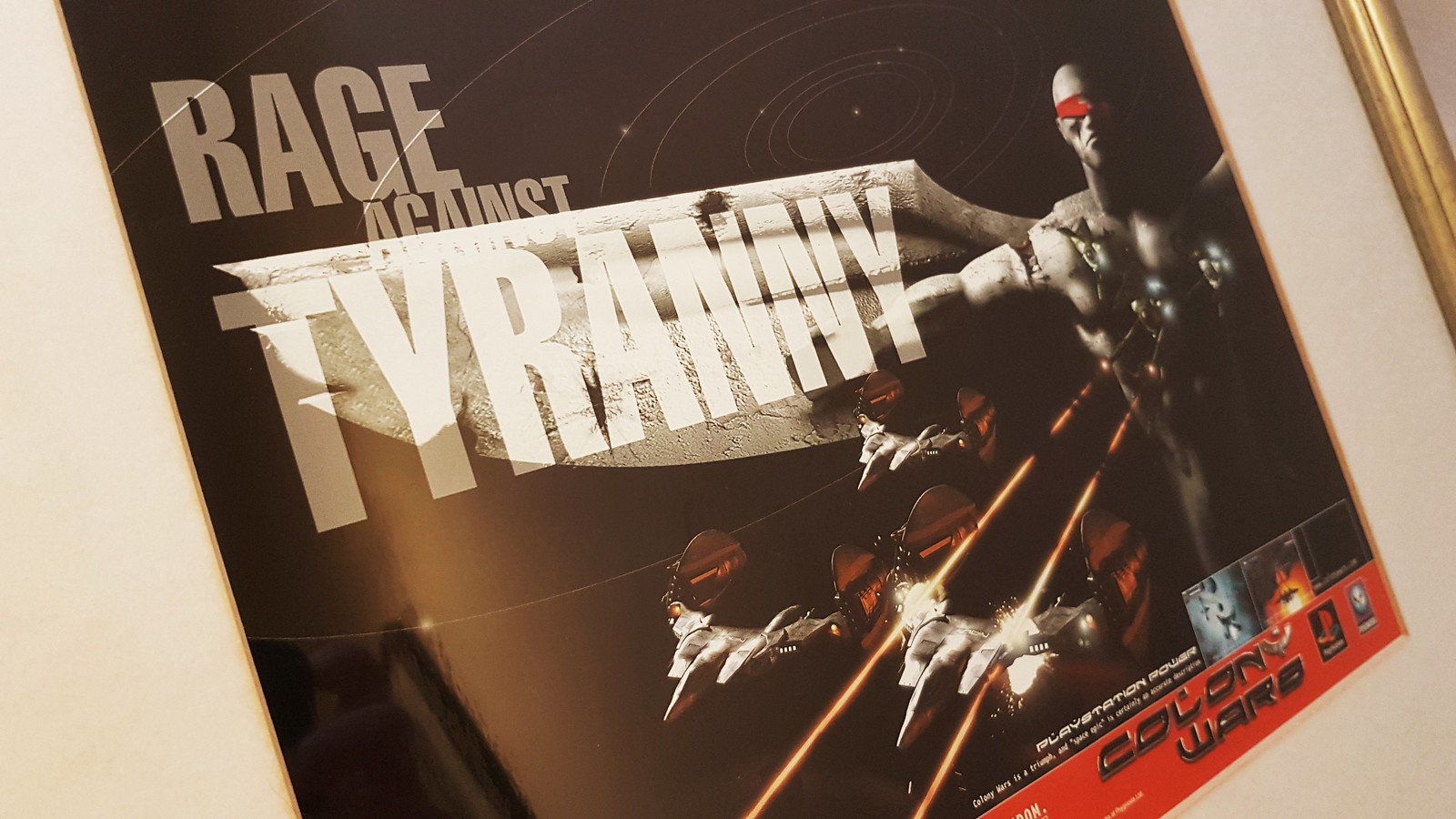
“During early development, we explored narrative concepts that became the backbone of the conflict. Things such as there being no evil bad guys,” Mike outlines. “What if it really was just a fight between two factions that desperately needed rapidly depleting resources? What role would propaganda play in this conflict when there was a need to demonize the enemy? How far would they be willing to go with each viewing the other as a monster that was willing to destroy their home worlds for their own selfish needs?
“Another important factor was the branching storyline. We felt that it would be a very cool and next gen feature to have a branching mission tree where the outcome of the missions determined how the player progressed through the story and changed the ending. Not only would it mean that there would be a lot of replay-ability, it also meant that players wouldn’t be stuck on a mission that they found too challenging to complete.”
Making Top Gun in space
For Colony Wars to become the quintessential space combat experience that it eventually achieved, it needed to seize a very specific opportunity. Its primary mission was to stand out from the crowd, especially with PlayStation hitting full stride by 1997, with many blockbuster titles vying for attention.
“One of the reasons that I thought it would be interesting to make a space game was that no-one else was doing it,” says Mike. “I loved playing space games on PC and there were none for this new, powerful PlayStation console.
“It also felt like there was something missing in space games at that time. In movies, there was a sense of speed and the cinematography meant that the viewer got to see the cool designs up close. Space games felt more like flight sims without the horizon. Player’s chased around things that were often far away dots or blobs and hoped that homing missiles would take them out.
“The concept and challenge of Colony Wars became ‘could we capture the speed and intensity of watching [the movie] Top Gun’s dogfights, while giving the ships as much screen presence as possible?'”
It was Lee’s task to make all this visually convincing, keeping his staff on the same page, crucially one that everybody involved could believe in. As Lee recollects: “Some of the guys were going in very different directions (in this era the idea of art direction was still in its infancy) so my first job was to play to individual team members strengths and focus each guy on their own faction rather than dabbling in each other’s areas. The look of the game started to change, people could see the results and everyone fully bought in. From that point on, everyone knew how things should look and the project steamed along.”
Building the universe and letting PlayStation fans know what was coming
With Colony Wars underway, ideas flourished among a very enthusiastic creative workforce now fully on board. “Everyone at Psygnosis was getting really excited about the game now,” recalls Lee. “Requests for info and support materials were coming in thick and fast.”
This included marketing materials that Sony would need to get the message out there, and to have the whole world hungry for what Colony Wars could uniquely offer. And this meant additional pressure for Lee as the lead art guy:
“I remember one of the marketing team arriving at my desk asking me for a massive CG image for a poster that they needed. Of course, the deadline was ‘yesterday’ so I had to get really creative about how to create a massive image in a ridiculously short amount of time with no source materials.
“I had to think laterally here, so I recalled the model of a battleship I was playing with in my spare time for a bit of research. I took the top half of the battleship, flipped it upside down and textured it in the same way as the rest of the League spaceship. It worked! The time from the request coming it to it going to print was less than 36 hours! Sure, I’d create something significantly more impressive now but I’ve got a huge soft spot for the result and how we got there. I’ve still got one of the posters at home.”
Meanwhile, Mike was continuing to evolve the universe within which Colony Wars takes place. Since PlayStation was breaking away from entertainment conventions, it gave Mike’s team license to pursue something with more depth than gamers had grown accustomed to.
Explains Mike: “I think that the team enjoyed breaking away from classic, Hollywood-esque themes and molds. Not only was it a great challenge for us to create our own universe, it was also a way for us to stand on our own two feet. While we weren’t going to be able to explore all of the universe in gameplay, it was important that we were able to answer questions that we ourselves had and players may have about it in order for it to be more believable. Little did we know that this would evolve into our in-game encyclopedia.”
Colony Wars had become a huge production, calling upon a broad range of expertise that required orchestration. “There’s [creative] elements that don’t get a lot of the spotlight,” Mike informs. “We had some excellent writing, VO, sound effects and music that all really contributed to the weight and tone of the game. Playing as the ‘League’ we wanted players to feel the weight of the oppression Earth’s Navy instilled on the colonies and the hope that The Father represented.”
The tech tricks that made for a sublime yet exciting sci-fi experience
As with all the PlayStation greats, the essence of Colony Wars became more than a sum of its parts. Or at least, the inner-workings were so finely tuned that they became invisible. What we remember instead is a sensational adventure taking place in another star system that felt suitably distant and awe inspiring, and within that a control feel to the Starfighters that was simply sublime. None of this was especially easy from a creative standpoint.
“I can think of one example where we had a real challenge from a tech perspective,” Lee confides. “I mocked up how I wanted the cockpit/HUD to look with a space battle going on nearby. We just couldn’t emulate that look – either the cockpit looked pathetically tiny or the ships looked way too big and it felt horrible to play.
“We came up with the idea of having two different camera set ups. The cockpit had its own camera and field of view, while the rest of the world had another. It worked perfectly, when we implemented it no one picked up on it so we ran with it. Don’t tell anyone!” (Sorry, Lee, too late.)
“The team put a lot of effort into trying to create the most interesting and immersive space environment to date,” says Mike. “We built a proprietary mission editor (the first game editor any of us had ever used) that not only allowed us to create the missions, but also determine where planets, nebula and other points of interest where located. We also put both art and programming resources toward figuring out how to make very large objects that didn’t have 3D rendering issues.
“Special custom tools were made to break up large ships into pieces when they were destroyed, and a lot of custom code was written to create beautiful special effects for weapons, explosions, anomalies, etc. (These looked so good that PC 3D card manufacturers would often approach us at trade shows to ask about making PC versions of the game for them.)”
About that control feel though! We really wanted to hear from Mike about this. He told us:
“The team had a goal of making control feel instantaneous and responsive, rather than slow and simulated. It was an important factor to deliver in order to achieve the conceptual goals of fast, intense dogfights. You had to be able to react quickly to what you saw on screen and so there couldn’t be any real delays with input or interpretation.
“Also, the PlayStation controller was a wonderful piece of gear. Its analogue sticks were perfect for refined control once we dialed in the thresholds, and the triggers felt great for performing rolls. Small detailed techniques with the camera and (interior view) cockpit made the player feel more connected to the ship.
“I always felt like X-Wing vs. Tie Fighter did a great job of giving the player the feeling that they were sat inside the cockpit of a spaceship. We wanted to achieve that same feeling of ‘presence’ that game had. We studied racing games to understand what gave players the best sense of speed. Our star field took a lot of experimenting with to capture that feeling.”
The labour of love behind the project
Unsurprisingly, both Mike and Lee look back at their tour on Colony Wars with fondness. It is also inspiring to note how much pride they feel for the entire studio at Psygnosis in 1997.
Says Mike: “It was ultimately a brilliant team effort from some very talented developers. People often talk about the cost of game development. But, for developers the cost isn’t really money – it’s time. There’s time given by the schedule and there’s what the team is willing to self-sacrifice on top of that.
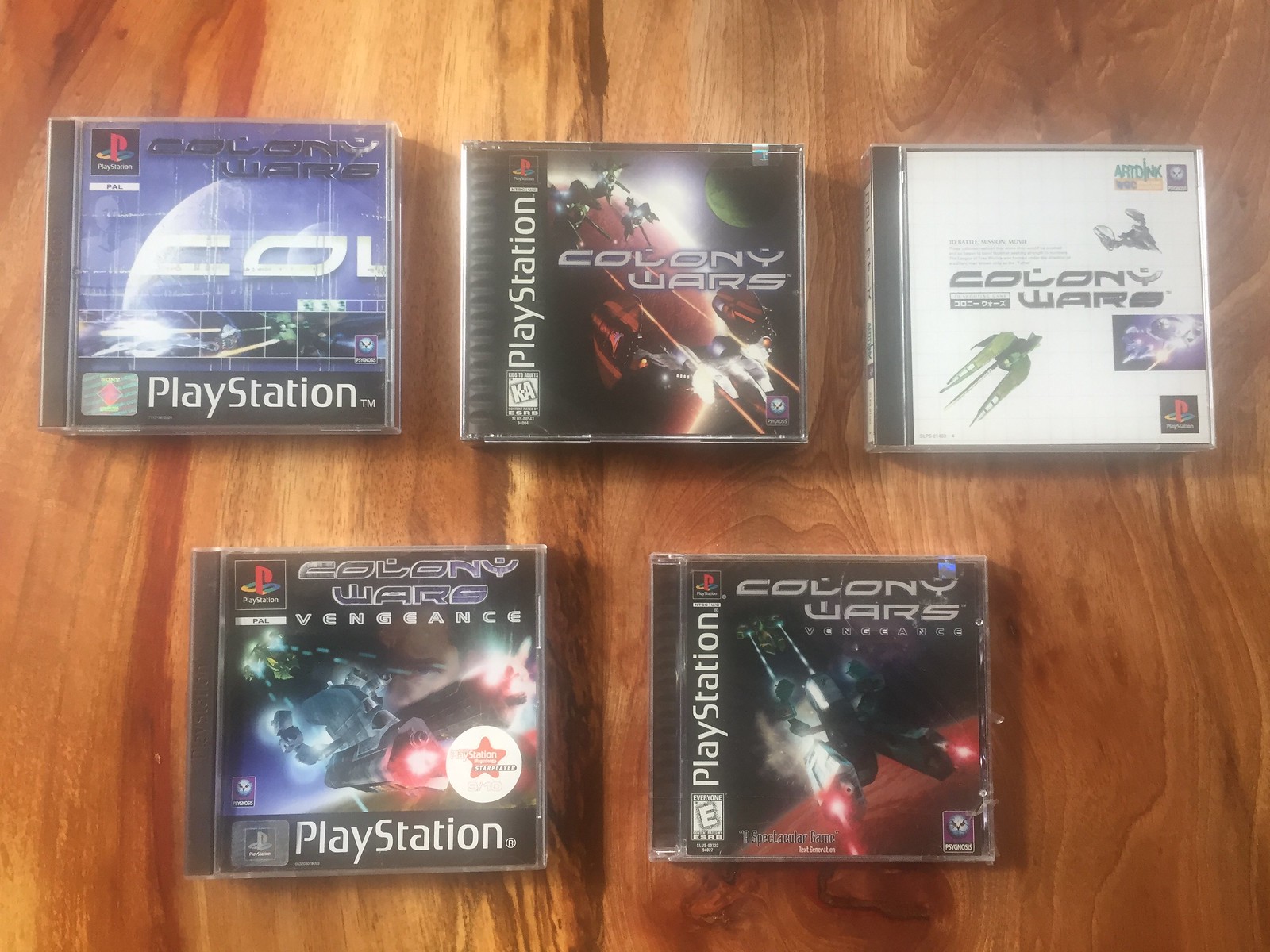
“To go from something ‘shippable’ to ‘crafted’ takes a huge amount of time and effort. Refinement and polish take focusing the right people on the right challenges to get the desired results. We had a very healthy amount of time in which to make Colony Wars. But, there was also lot of personal time sunk into the project – especially during the final year of production. The game became a real labor of love.”
“Artistically we were basically unleashed,” Lee adds. “We’d get together in a local pub to discuss game ideas, have a chat with the guys running the show and just got on with it.
“It was a fabulous time to be in the industry. There was no concept of ‘this is the right way to do it’ because it was uncharted territory for everyone, but the whole ride was a blast. Seriously, we were all working REALLY hard but just having a lot of fun with it.
“It was only when our work started getting featured on magazine covers that we started to realise the scale of what was happening. I’d see people thumbing through the magazines in the stores probably unaware that the games they were reading about were being developed just two miles away from where they were on the edge of Liverpool city centre.”
Colony Wars launched in October 1997, to a rapturous reception from the gaming press and popular websites. It received praise for immersive gameplay and polished presentation. There are two sequels, Colony Wars: Vengeance (1998) and Colony Wars: Red Sun (2000). While Mike Ellis continued his role as Lead Designer on Colony Wars: Vengeance, Lee had since moved on to other projects. Both artists were involved in other work at the time that Colony Wars: Red Sun was developed but they are still making an impact in their new roles.
More in the ‘Extended Play’ series:
- Kazunori Yamauchi & Shuhei Yoshida look back at Gran Turismo’s inception
- How Final Fantasy XII‘s gambit created one of the most distinct RPGs ever
- How Tekken 3 made everybody love kung-fu fighting
- The inside story of how iconic PlayStation series WipEout was born
- How Blizzard’s larger than life hero shooter Overwatch was born
- How PaRappa The Rapper ushered in a music game revolution
- How LittleBigPlanet made everyone a game-maker
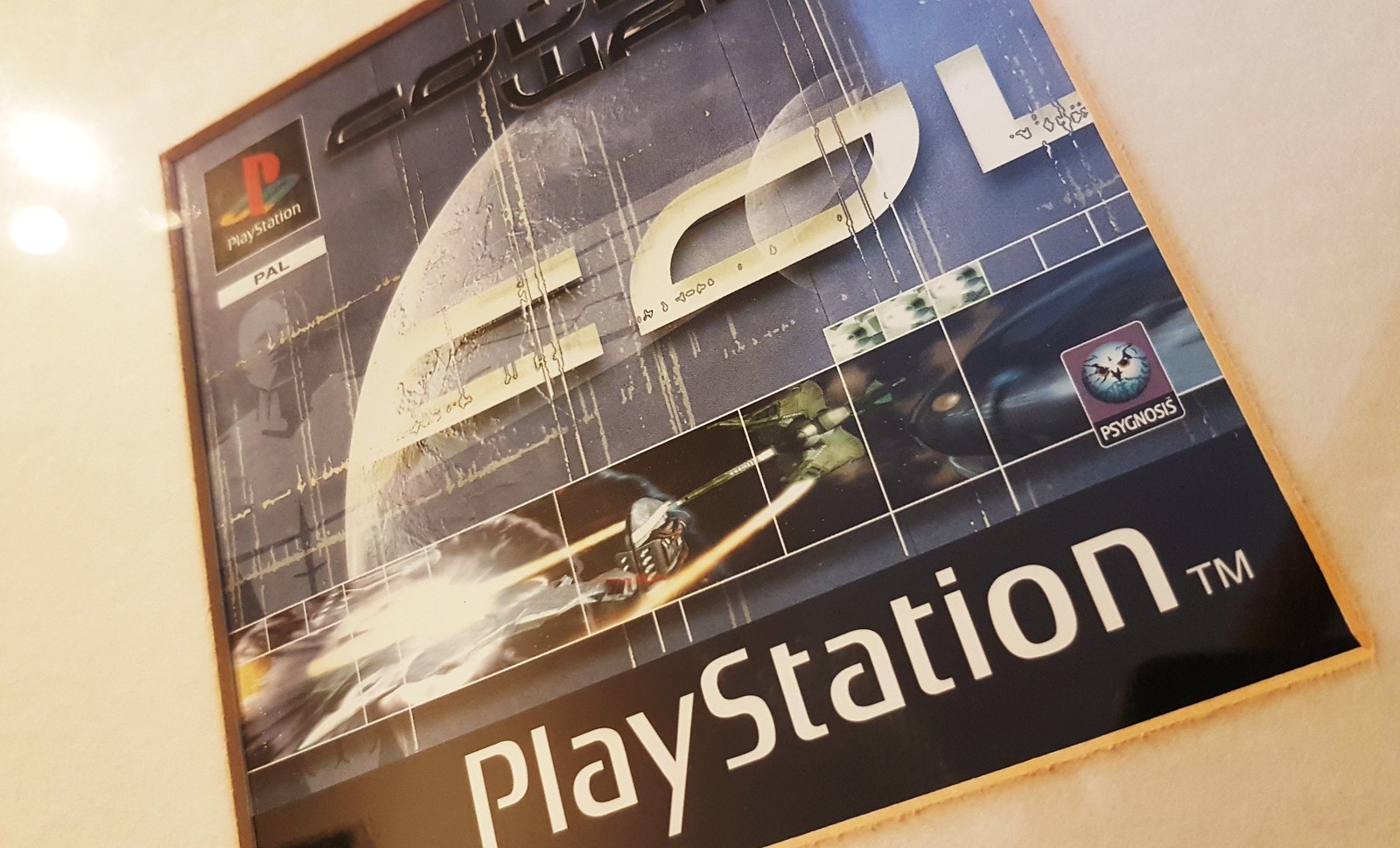
More in the ‘Extended Play’ series:
- Extended Play: Kazunori Yamauchi & Shuhei Yoshida look back at Gran Turismo‘s inception
- How Final Fantasy XII‘s gambit created one of the most distinct RPGs ever
- How Tekken 3 made everybody love kung-fu fighting
- The inside story of how iconic PlayStation series WipEout was born
- How Blizzard’s larger than life hero shooter Overwatch was born
- How PaRappa The Rapper ushered in a music game revolution
- How LittleBigPlanet made everyone a game-maker



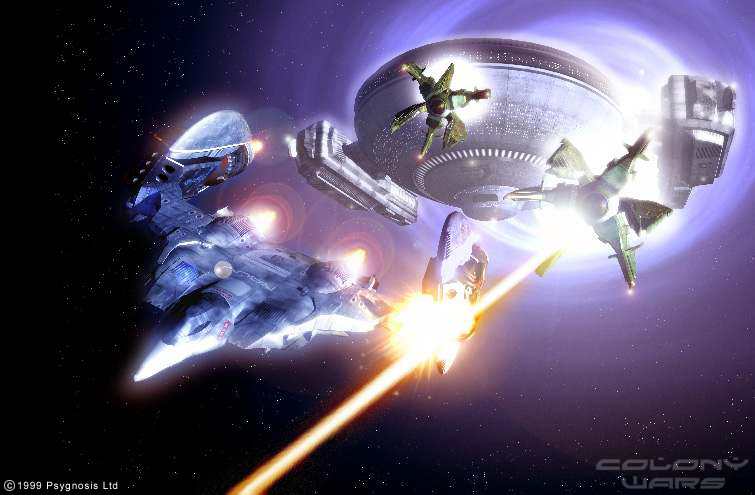
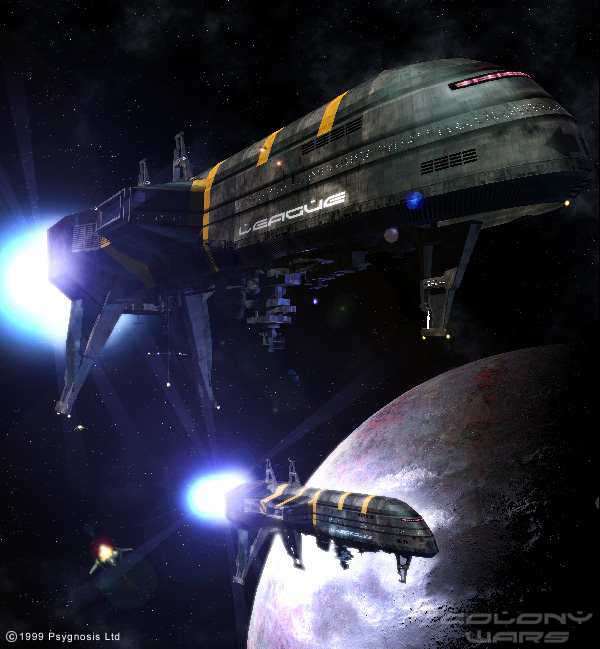
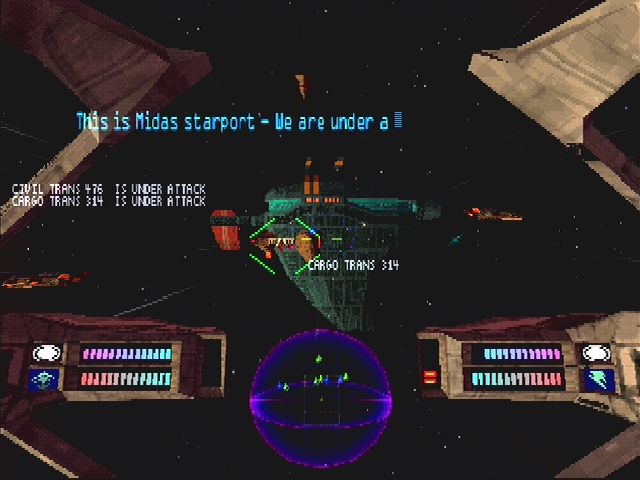
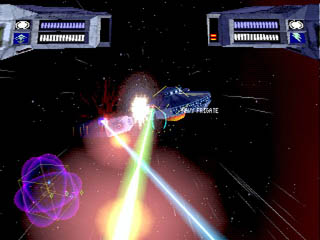

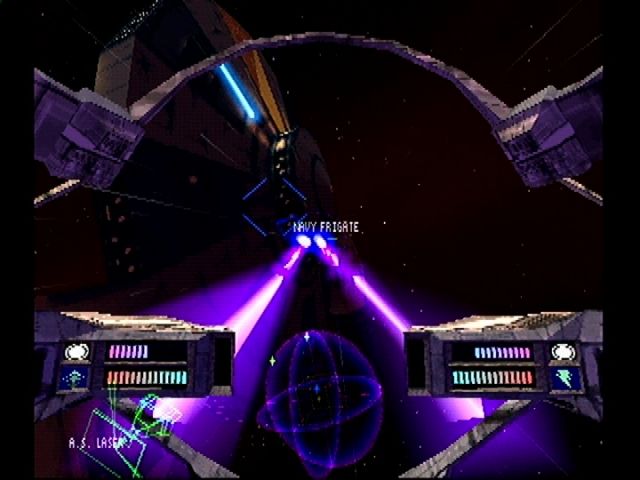
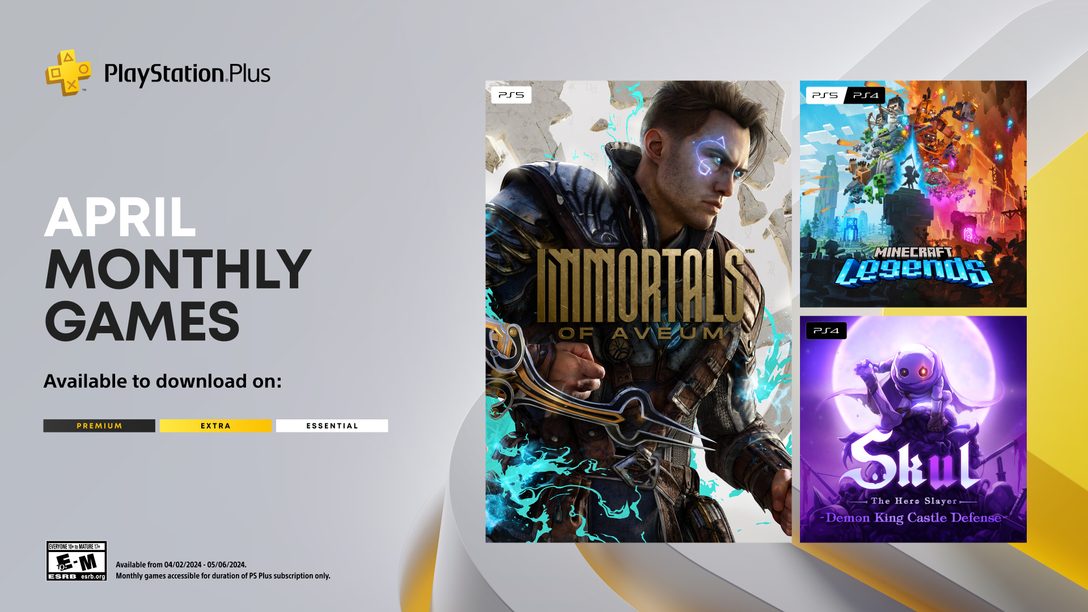
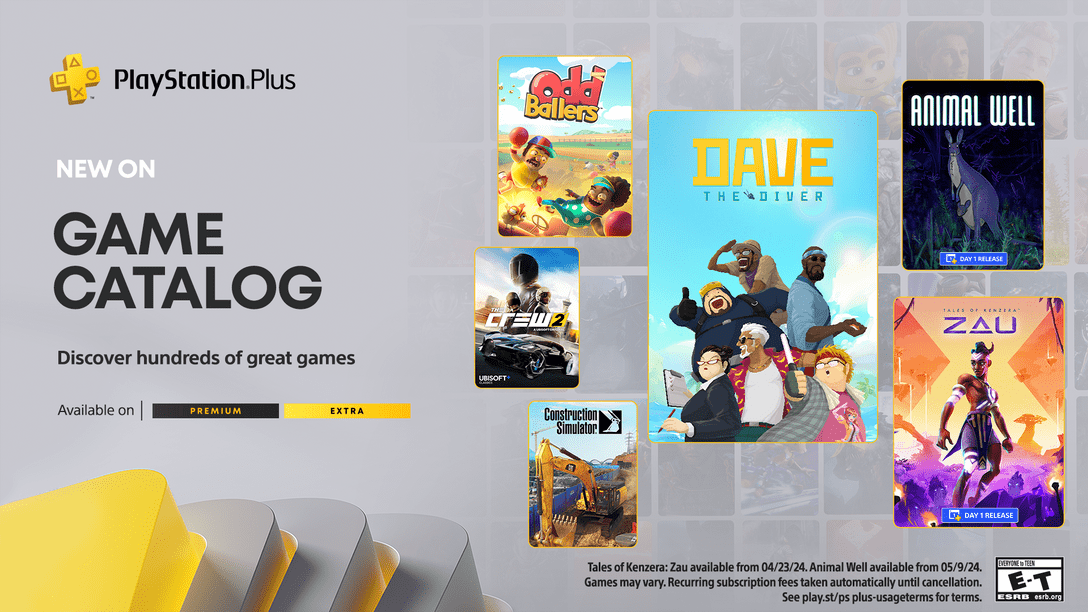
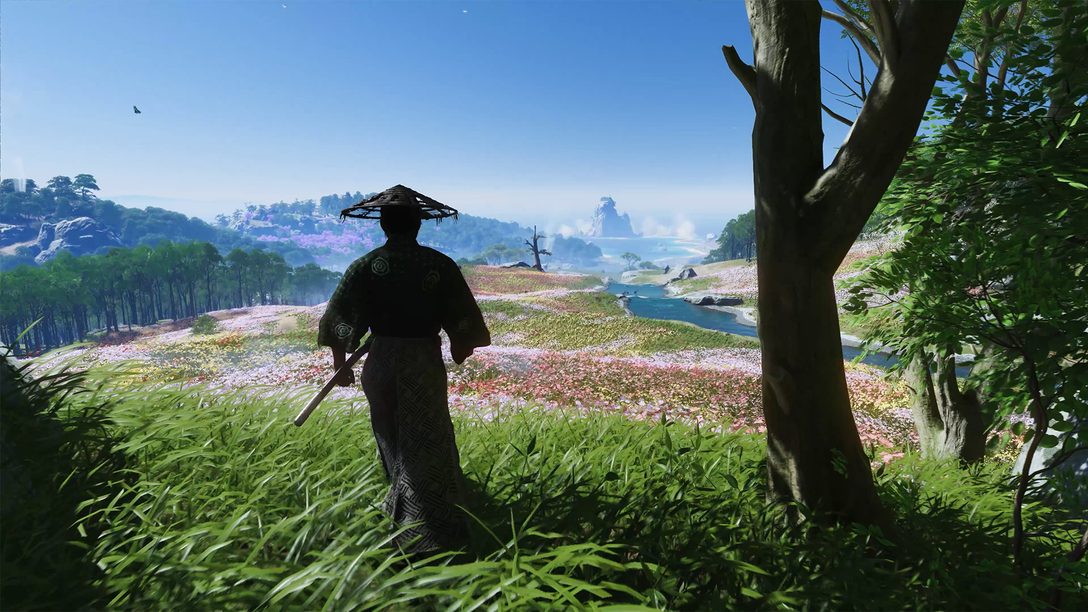
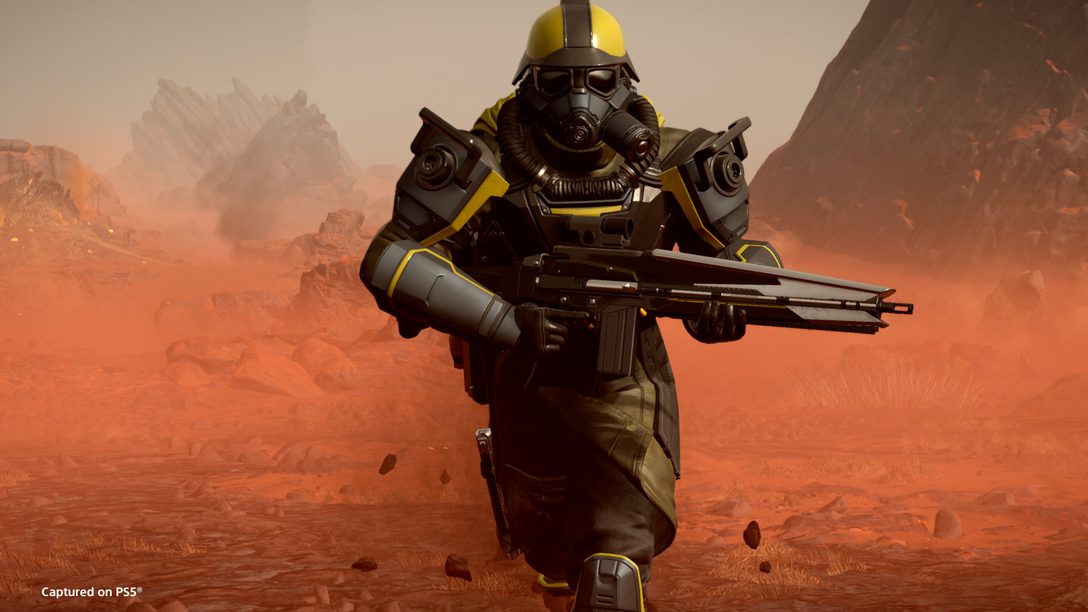


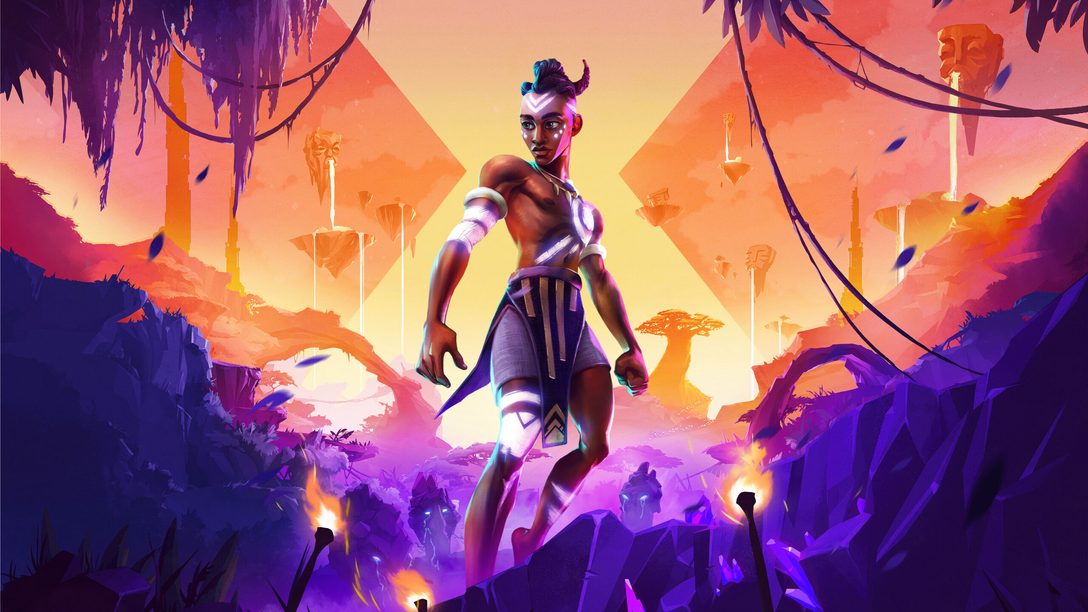
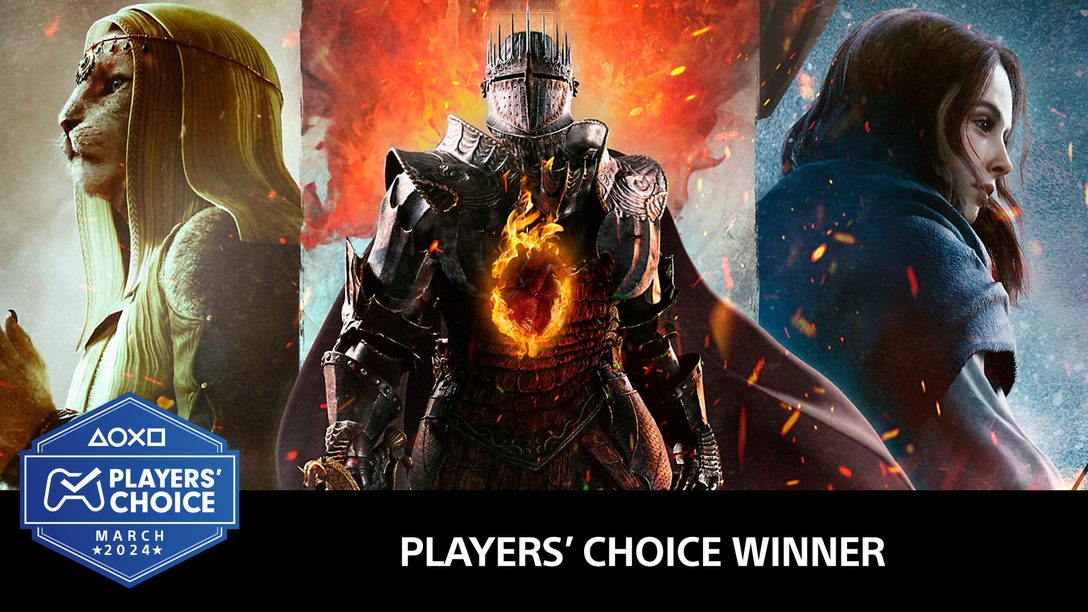
Join the Conversation
Add a CommentBut don't be a jerk!
11 Comments
Loading More Comments